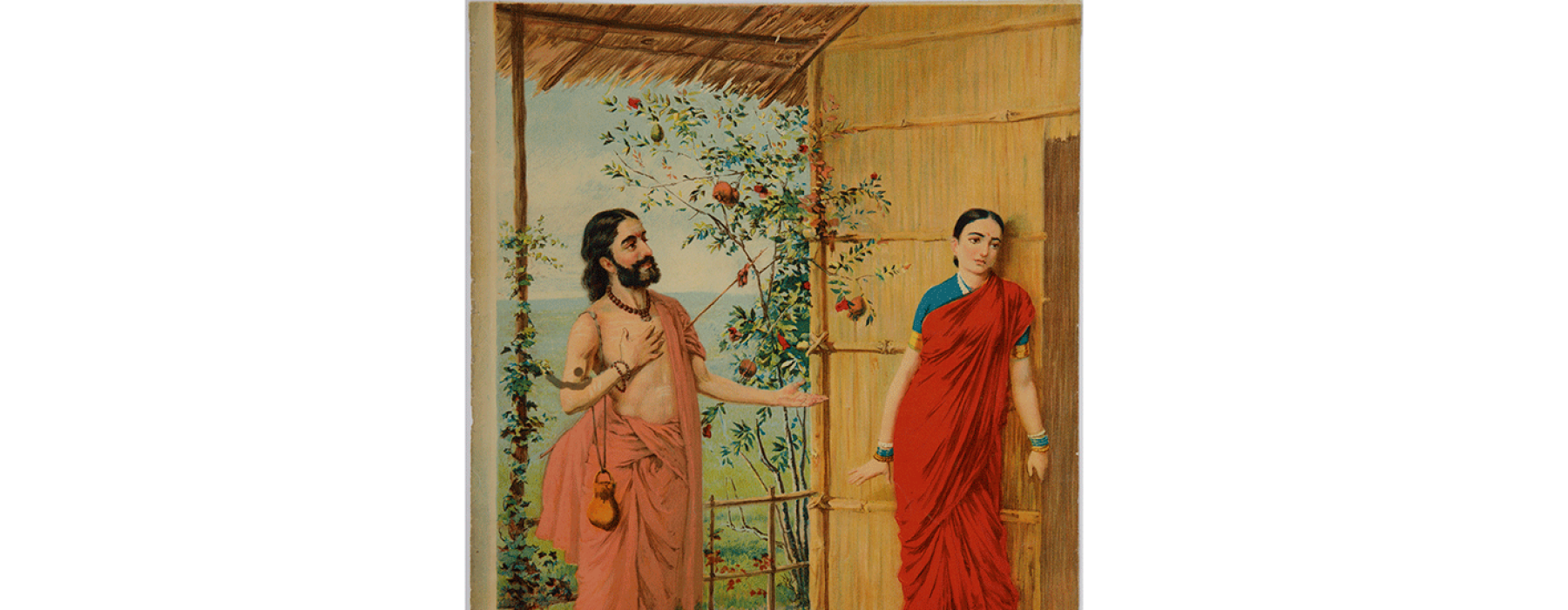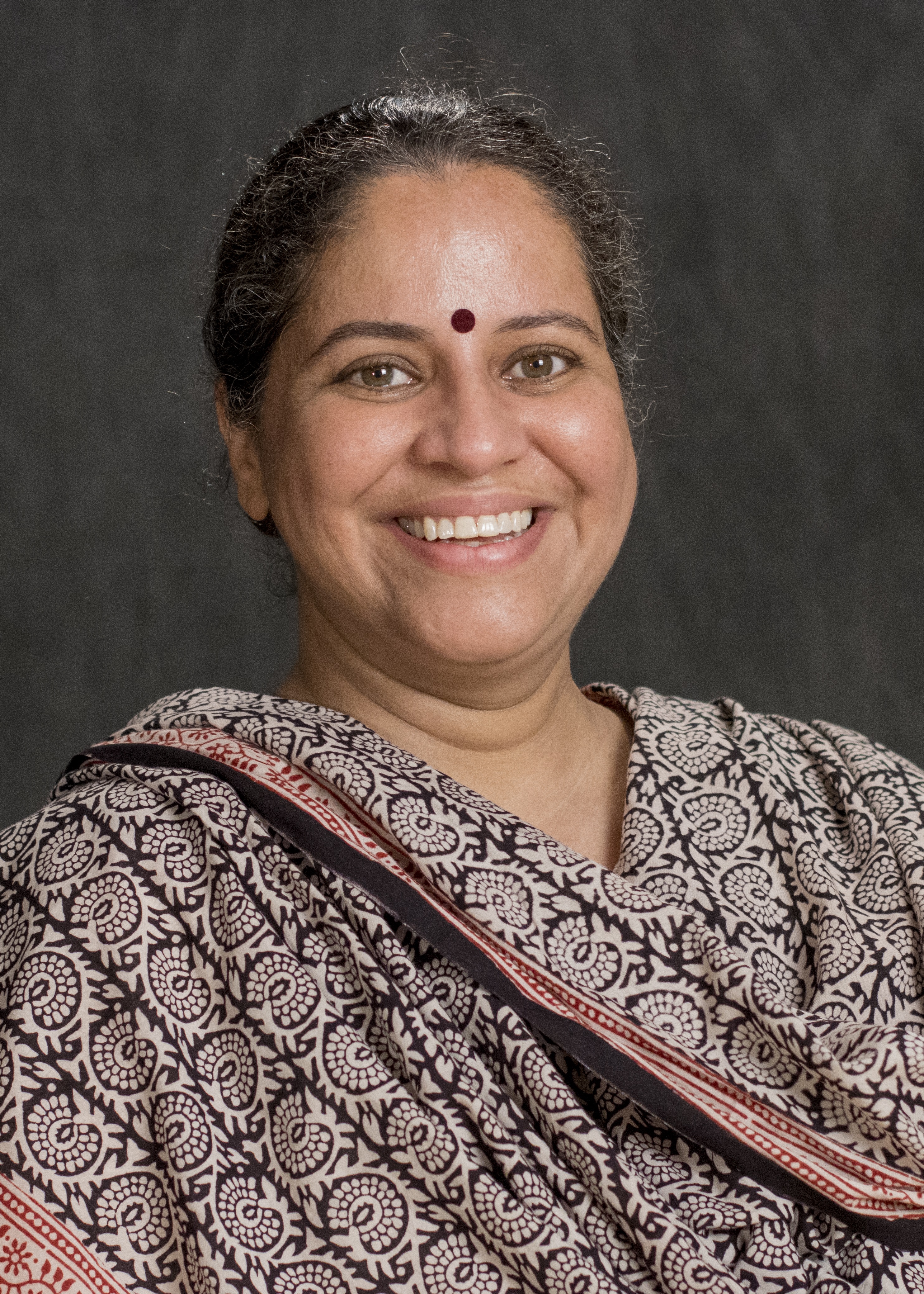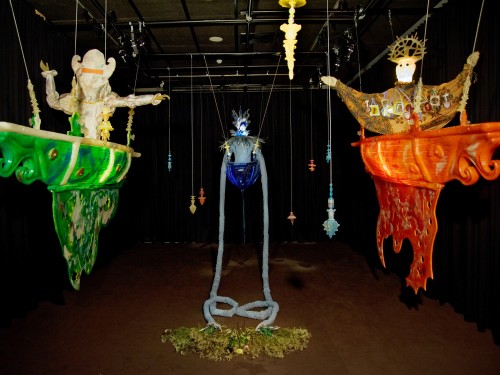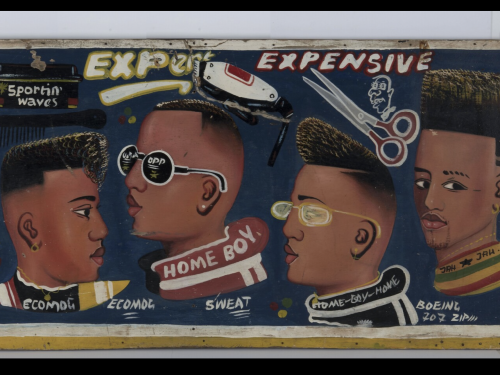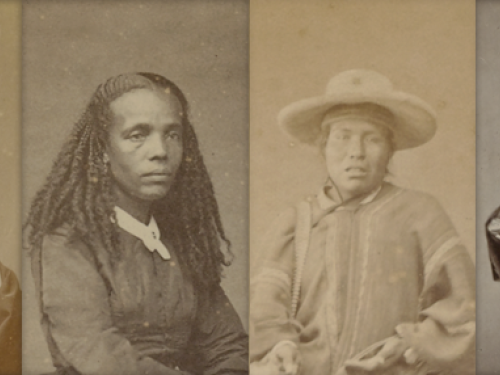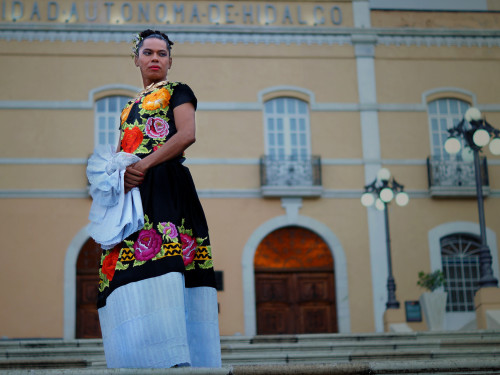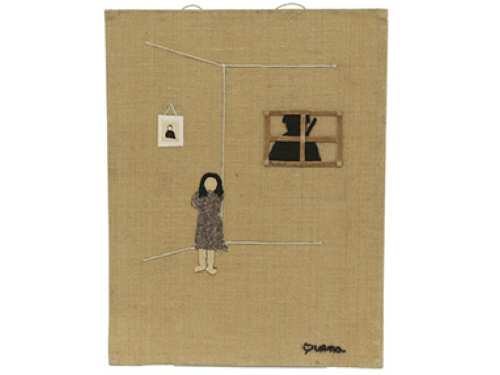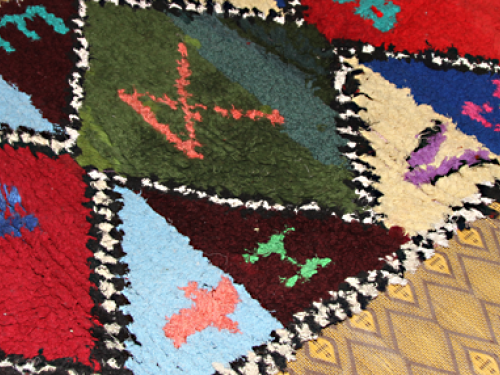Objectification in Un-gendering, decolonizing, and denationalizing
This paper engages with two related ideas and concludes with more questions than it answers. First, drawing on my ethnographic work with jananas in Lucknow I show how the processes of un-gendering, decolonizing, and denationalizing are tied together. Jananas are same-sex desiring men often married to women, some jananas support themselves and their families with sex-work, and most fulfill gendered roles that masculinity expects of them in their cultural context. Jananas straddle multiple gendered personae; un-gendering is a reality of their lived experience. They are husbands to their wives, girlfriends to their clients, and fathers to their children. Gender defines their lives as much as law does. Section 377, a colonial era law enacted by the British in 1860, made any sexual interaction between same-sex desiring people punishable by law. Section 377 was repealed in India in 2018 leaving behind decades of legal injustice against jananas and similar groups. The decolonizing of the janana project is ongoing.
Second, the paper complicates the questions of what we 'see' when we come into contact with a piece in a museum and questions who ‘we’ are when an engagement with a museum or ethnographic space begins. I analyze five pieces from the World Museum Rotterdam South Asia collection and show how objects interact with meaning/s that we might provide 'to' them, without knowing their place in their original contexts. How do we gain insight into un-gendering objects or representations when we interact with them in different settings, settings that are unfamiliar to us? How do we un-gender, decolonize, and un-nationalize an object without knowing more than what we are told about it? Through a study of five objects and reading these objects from the lens of my work with jananas, I think through how un-gendering, decolonizing, and denationalizing can be situated in the context of objects, people, and ideas that these objects represent.
